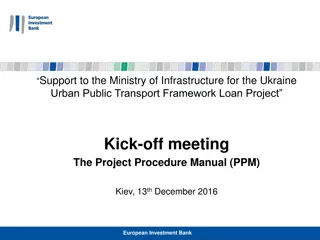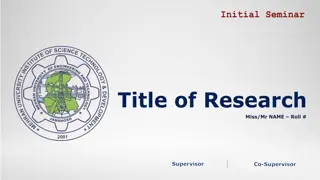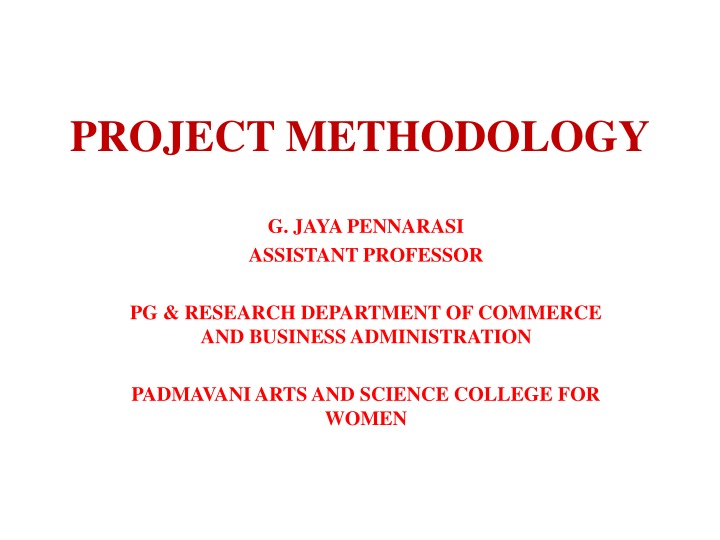
Comprehensive Guide to Project Methodology for Successful Implementation
Explore the meaning, features, and objectives of project methodology, essential for effectively planning, executing, and delivering projects. Learn how to distinguish a project from an activity and understand the significance of temporary nature, unique deliverables, and progressive elaboration in project management.
Download Presentation

Please find below an Image/Link to download the presentation.
The content on the website is provided AS IS for your information and personal use only. It may not be sold, licensed, or shared on other websites without obtaining consent from the author. If you encounter any issues during the download, it is possible that the publisher has removed the file from their server.
You are allowed to download the files provided on this website for personal or commercial use, subject to the condition that they are used lawfully. All files are the property of their respective owners.
The content on the website is provided AS IS for your information and personal use only. It may not be sold, licensed, or shared on other websites without obtaining consent from the author.
E N D
Presentation Transcript
PROJECT METHODOLOGY G. JAYA PENNARASI ASSISTANT PROFESSOR PG & RESEARCH DEPARTMENT OF COMMERCE AND BUSINESS ADMINISTRATION PADMAVANI ARTS AND SCIENCE COLLEGE FOR WOMEN
Introduction An individual or organization involved in projects needs to understand how to solve complexity of problems management. In this article we ll define the term project , describe the key characteristics of a project, and explain how to distinguish a project from an activity. through project
Meaning of Project Methodology Project Methodology is a strictly defined combination of logically related practices, methods and processes that determine how best to plan, develop, control and deliver a project throughout implementation process completion and termination. scientifically-proven, disciplined approach execution and completion. the until continuous successful It is a systematic to project and design,
Features of Project Methodology Temporary. This key characteristic means that every project has a finite start and a finite end. The start is the time when the project is initiated and its concept is developed. The end is reached when all objectives of the project have been met (or unmet if it s obvious that the project cannot be completed then it s terminated). Unique Deliverable(s). Any project aims to produce some deliverable(s) which can be a product, service, or some another result. Deliverables should address a problem or need analyzed before project start. Progressive Elaboration. With the progress of a project, continuous investigation available, and all this allows producing more accurate and comprehensive plans. This key characteristic means that the successive iterations of planning processes result in developing more effective solutions to progress and develop projects. and improvement become
Objectives of Project Methodology Project methodology is intended to help you anticipate and understand potential issues and problems and, armed with the necessary information and knowledge, prepare, organize, plan, and coordinate activities so you can complete and successfully deliver the project.
Meaning of Project & Thesis Project is completed as part of a course-based master s degree. It is often overseen or guided by a course instructor. Sometimes students present their work in some way, but the capstone does not usually require an examination to pass. Thesis is usually completed as part of a research- based master s degree or an undergraduate honors degree. The length may vary, depending on whether it is completed for the undergraduate or master s level, but often they are about a hundred pages.
Difference between dissertation and Thesis When it is completed, a research project marks the end of an undergraduate degree program, a thesis marks the end of a Masters program while a dissertation is done during a doctoral study. Purpose: A research project is done to test students understanding and competence in a field of study while at the same time giving them the opportunity to expand their knowledge through research. It might involve an original research, real life problem solving or a hands-on project. A thesis is much more in-depth than a research project; it is a compilation of different researches done in an area of study including a critical analysis of their findings. Its aim is to show that you have the ability to demonstrate expertise and knowledgeably discuss your area of study.
A dissertation, on the other hand, is an original research work that contributes new knowledge (in form of theories or practices) to a certain field of study. What this means is that the bulk of the work is attributed to you. In a dissertation, you use other people s research merely as guidance. Length: A research project is usually about 50 pages in length. For Thesis the average is about a 100 to 150 pages. Dissertations can be up to 2 to 3 times the length of a thesis. A thesis is more expensive than a research project and a dissertation is even more complex than a thesis. A research project can be done individually or in a group whereas thesis and dissertations are done individually. Duration: A research project spans the length of a semester, a thesis can take between 1 to 3 semesters, while a dissertation, being the pinnacle of academic excellence can span several years A research paper usually doesn t require defense on its completion, whereas a thesis and dissertation must go through this as a final stage.
Project problem A research problem is a definite or clear expression [statement] about an concern, a condition to be improved upon, a difficulty to be eliminated, or a troubling question that exists in scholarly literature, in theory, or within existing practice that points to a need for meaningful understanding and deliberate investigation. A research problem does not state how to do something, offer a vague or broad proposition, or present a value question. area of
Identification of project problems The problem identification process involves obtaining and analyzing historical motor vehicle traffic crash data that is relevant to the problem and proposed determine the who, what, when, where, how, and why of an existing problem. Accurate and factual information strong problem statement. project to helps create a
Problems related to Finance Lack of proper planning: Public sector undertakings spend too heavily on construction as well as designing. It is primarily because there is a lack of proper planning. Unfavorable input-output undertakings are heavily over-capitalized with the result that there is unfavorable input-output ratio. Inadequate planning, inordinate delays in construction etc., are the causes for over-capitalization. Cost of capital: At present in public sector undertakings cost of capital does not include cost of raising capital of different types and this cost is not reckoned at market price. This results in underestimating the cost of the capital. Consequently, it leads to non-realistic fixing of prices and the underestimating market trends. Even it becomes difficult to estimate the extent of profits and losses as well. ratio: Public sector
Problem of surpluses: In the financial field another problem is that of declaring surpluses. From surplus we mean the resources available as surplus, after deducting working expenses, normal replacements, interest payments and dividends. But again in the public sector undertakings it has not been found possible to device a policy of declaring surpluses. No clear cut principles in this regard have been laid down by the Government for the guidance of public sector undertakings. Problem of raising loans: All public sector undertakings are run with the finance of the Government. Now this has in turn raised many problems. Sometimes Government may feel it difficult to finance public sector undertakings such cases, if these undertakings depend on capital market, they bound to disturb financial structure of the market. Problem of budgeting: Still another problem is that of budgeting. It is seen that most of the public sector undertakings have no serious budgeting system. The budgets are of course prepared, but these are primarily with a view to obtaining funds from the Government.
Problem of delegation of authority: It is seen that usually there is no delegation of authority in a public sector undertaking with the result that prior concurrence of the competent authority is to be obtained for incurring some expenditure. This results in overloading a person with work and in the wake he can commit many mistakes as well. Internal audit: Accounts undertaking are regularly audited. The main purpose of such an audit is that main financial irregularities are brought to light so that these are not committed again and again. But in the field of finances, internal auditors create many problems. Role and responsibilities of financial advisor: Whether it is public or private sector undertaking it is most desirable that the finances should be properly checked and controlled. In public sector undertaking such an officer is said to be responsible for creating many problems. of every public sector
Problem of inventory holdings: In all public sector undertakings inventory holding is very high; it has been estimated than on the whole in public sector undertaking inventory holdings is far higher than even the working capital. In some undertakings inventory is more than 2 years production with the result that cores of rupees are held up for nothing sake. Such an inventory obviously influences adversely capital output ratio. Problem of calling Reports: One more problem which public sector undertakings quite often face is that of submitting reports to the administrative ministry. Each ministry calls for too many reports, both from the financial as well as administrative management. Attention of financial management is diverted to these statements. This becomes irritating because administrative machinery does not put to use the reports for which these are called for. Disinvestment policy of the Government: As a part of privatization, the Govt. has been following the policy disinvestment, where public sector undertakings are slowly becoming private. In fact a ministry is there to look after disinvestments in public sector. If this trend continues, except few, many public sector undertakings may become private, in the days to come and new problems may creep in such organizations.
Problems related to Marketing Inexperience or Understaffed New Marketing Trends Interpreting marketing report data Lack of Communication Closing the Sales Loop
Problems related to HRM Job design and analysis Workforce planning Training and development Performance management Compensation and benefits Legal issues
Problems related to EDP No Policy at the National Level Problems at the Pre training Phase Over Estimation of Trainees Duration of EDPs Non Availability of Infrastructural Facilities Improper Methodology
Problems related to EDP Losses in Rural Branches Large Over-Dues Non-Performing Assets Advance to Priority Sector Competition from Non-Banking Financial Institution Competition with Foreign Banks
Review of Literature In essence, a literature review identifies, evaluates and synthesises the relevant literature within a particular field of research. It illuminates how knowledge has evolved highlighting what has already been done, what is generally accepted, what is emerging and what is the current state of thinking on the topic. In addition, within research-based texts such as a Doctoral thesis, a literature review identifies a research gap (i.e. unexplored or under-researched areas) and articulates how a particular research project addresses this gap. within the field,
A literature review is a written work that: Compiles significant research published on a topic by accredited scholars and researchers; Surveys scholarly articles, books, dissertations, conference proceedings, and other sources; Examines contrasting perspectives, theoretical approaches, methodologies, conclusions. Reviews critically, analyzes, and synthesizes existing research on a topic; and, Performs a thorough re view, overview , or look again of past and current works on a subject, issue, or theory. findings, results,
Sampling Sampling is a process used in statistical analysis in which a predetermined number of observations are taken population. The methodology sample from a larger population depends on the type of analysis being performed but may include simple random systematic sampling. from a used larger to sampling or
Types of sampling PROBABILITY SAMPLING Simple Random Sampling Stratified Random Sampling Multi-Stage Sampling NON-PROBABILITY SAMPLING These include sampling, judgment sampling, convenience sampling, and maybe others voluntary response
Selection of sample Sample selection is a very important but sometimes underestimated part of a research study. Sampling theory describes two sampling domains: probability and non- probability. Probability samples contain some type of randomization and consist of simple, stratified, systematic, cluster, and sequential types. Non-probability samples lack randomization and consist of convenience or accidental, purposive, quota, volunteer, and expert types. The primary distinction between the two domains is that the probability sampling study findings can be generalized to the target population while the non-probability sampling study findings can only be generalized to the institution where the sample was studied.
Collection of data Data collection is the systematic approach to gathering and measuring information from a variety of sources to get a complete and accurate picture of an area of interest. Data collection enables a person or organization to answer relevant questions, evaluate outcomes and make predictions about future probabilities and trends.
Data analysis The process of evaluating data using analytical and logical reasoning to examine each component of the data provided. This form of analysis is just one of the many steps that must be completed when conducting a research experiment. Data from various sources is gathered, reviewed, and then analyzed to form some sort of finding or conclusion. There are a variety of specific data analysis method, some of which include data mining, text analytics, business intelligence, and data visualizations.
Percentage analysis Percentage analysis is the method to represent raw streams of data as a percentage(a part in 100 - percent) for better understanding of collected data. Percentage Analysis is applied to create a contingency table from the frequency distribution collected data for better understanding. and represent the
Trend analysis Trend analysis is a technique used in technical analysis that attempts to predict the future stock price movements based on recently observed trend data. Trend analysis is based on the idea that what has happened in the past gives traders an idea of what will happen in the future. There are three main types of trends: short-, intermediate- and long-term.
Numerical evaluation To evaluate a numerical expression, we simplify it by using the given operations to obtain a single numerical value. Example of Evaluate a Numerical Expression To evaluate 23 + 25 25 2025 20, we first perform the operation within parentheses and then apply division and addition. 23 + 25 25 2025 20 = 23 + 25 5 = 23 + 5 = 28
Justification Research justification refers to the rationale for the research, or the reason why the research is being conducted, including an explanation for the design and methods the research. of Research Requiring Justification. employed in Elements
INTERPRETATION Interpretation of data refers to the task of drawing inferences from the collected facts after an analytical and/or experimental study. In fact, it is a search for broader meaning of research findings. The task of interpretation has two major aspects viz., the effort to establish continuity in research through linking the results of a given study with those of another, and The establishment concepts. of some explanatory
Project Report Writing AProject Report is a document which provides details on the overall picture of the proposed business. ...Project a written document relating to any investment. It contains data on the basis of which the project has been appraised and found feasible. Report is
Steps to Writing Effective Project Reports 1. Decide the Objective Take some time to think about the purpose of the report. Do you need to describe, explain, recommend or persuade? Having a clear purpose from the outset ensures that you stay focused, which makes it easier to engage your reader.
2. Understand YourAudience Writing a stakeholders is very different to a financial review. Tailor your language, use of data and supporting graphics to the audience. 3. Report Format and Type Before you start, check the report format and type. Do you need to submit a written report or deliver a presentation? Do you need to craft a formal, informal, financial, annual, technical, fact-finding or problem-solving report? You should also confirm if any templates are available within the organization. Checking these details can save time later on. formal annual report for your
4. Gather the Facts and Data Including engaging facts and data will solidify your argument. Start with your collaborative project site and work Remember to cite sources such as articles, case studies, and interviews. out as needed.
5. Structure the Report Areport typically has four elements: Executive Summary. Your report will begin with the summary, which is written once the report is finished. As the first item the reader encounters, this is the most important section of the document. They will likely use the summary to decide how much of the report they need to read so make it count! Introduction: Provide a context for the report and outline the structure of the contents. Identify the scope of the report and any particular methodologies used Body: It s now time to put your writing skills to work! This is the longest section of the report and should present background details, analysis, recommendations for consideration. Draw upon data and supporting graphics to support your position Conclusion: Bring together the various elements of the report in a clear and concise manner. Identify next steps and any actions that your reader needs to take. discussions, and
6. Readability Spend some time making the report accessible and enjoyable to read. If working in Word, the Navigation pane is a great way to help your reader work through the document. Use formatting, visuals, and lists to break up long sections of text. 7. Edit The first draft of the report is rarely perfect so you will need to edit and revise the content. If possible, set the document aside for a few days before reviewing or ask a colleague to review.




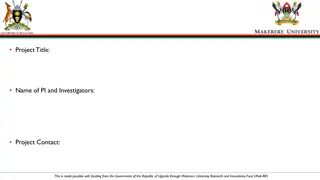


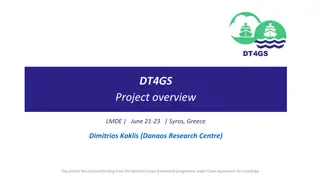

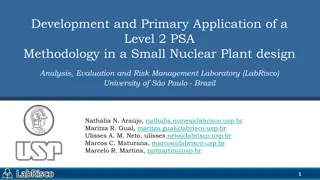
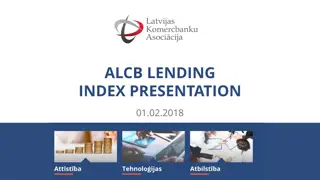
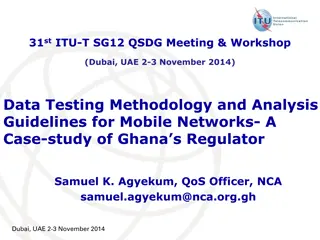
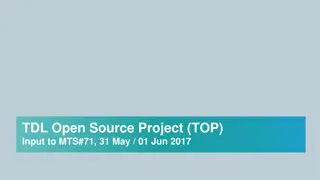
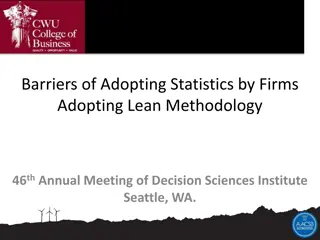
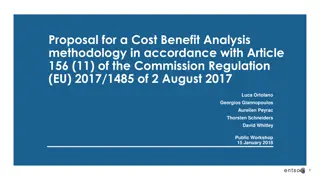

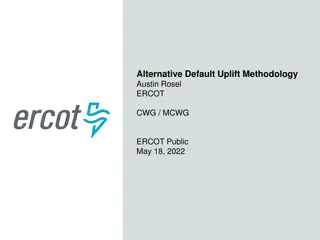
![Project Initiation Document for [Insert.Project.name] [Insert.Project.number]](/thumb/226757/project-initiation-document-for-insert-project-name-insert-project-number.jpg)
